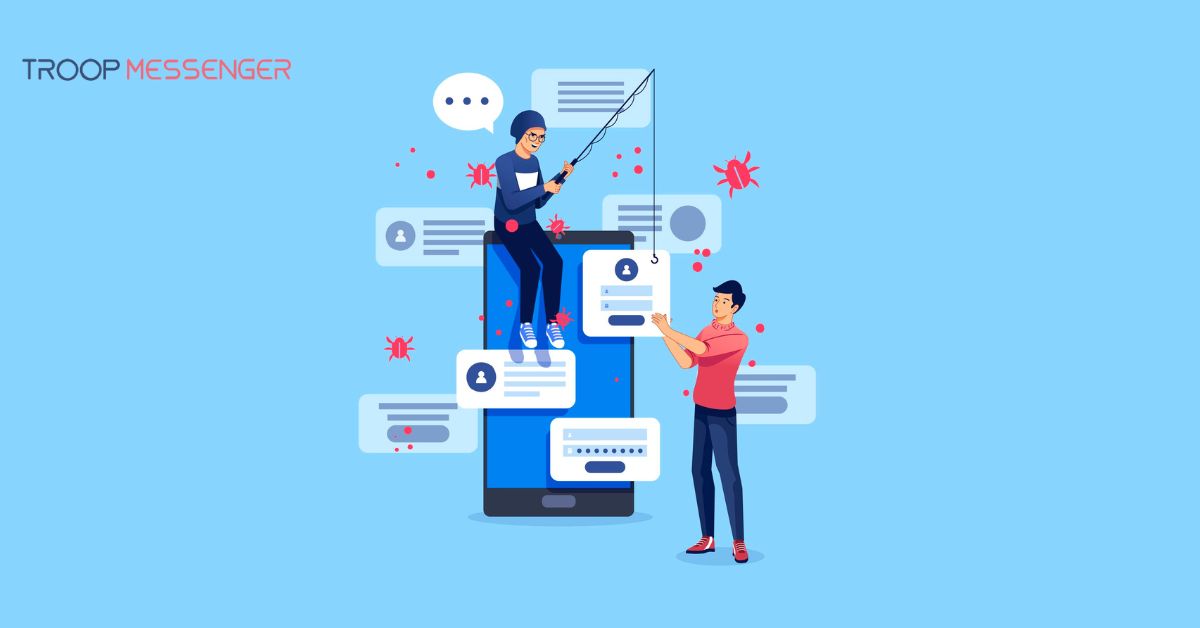Connect with us

The Hidden Cost of Over-Communication: When Messaging Apps Hurt Productivity
Since messaging apps became popular, workplace communication was modernized to an unprecedented degree.
Any form of instant messaging in Slack, Microsoft Teams, or WhatsApp has been favored over slow email chains and is now providing seamless remote collaboration.
The irony is that such collaborative communication that was built to increase productivity now does just the opposite.
Non-stop pings, group chats, and information updates that could have been sent in a single-sentence email hijack the attention of employees and create endless interruptions in work, making it challenging to concentrate on the task at hand.
This article investigates the hidden social cost of over-communication and how messaging that has gotten out of control affects efficiency and well-being at the workplace.
We will discuss interruptions, their psychology, information overload, and the path forward through setting healthy workplace boundaries. Stick with us to see our deep dive into the subject.
Messaging Apps Are a Double-Edged Sword
You most definitely use messaging apps, whether for your personal life or at your work company. Messaging revolutionized work.
It is seen as much more convenient, as you no longer need to write slow emails back and forth, but you can communicate with colleagues fast and in real time. This has especially helped remote teams stay in touch. However, we’ve kind of gone too far.
Constant pings, endless conversations in group chats, and “urgent” updates distract everyone. Messaging is very unregulated, which affects productivity and causes stress and time waste.
Everyone has to keep an eye on the messages in case something important comes through, which makes you unable to focus fully. So, instead of doing deep work, you have to multitask.
Messaging apps, even though designed to help, become costly distractions.
Constant Interruptions are Productivity Killer
There is something called “flow state,” which means working in full focus. But to reach this state of ultimate focus, you need to be fully “locked in” without distractions for approximately 23 minutes. So basically, after every interruption, it takes your brain around 23 minutes to refocus again.
So now imagine the damage done by being interrupted multiple times an hour by Microsoft Teams or WhatsApp. When people keep jumping in and out of tasks just to check messages, it kills productivity.
Every time you stop working, you lose focus and the “flow state,” so your productivity evaporates. Most messages are irrelevant or don’t require immediate attention. However, employees force themselves to stay glued to the notifications because they fear not to miss out.
A new independent survey, “The False Promise of the App Economy,” found that knowledge workers are increasingly frustrated by information and app overload at work, which hurts overall productivity and morale as it prevents them from focusing on the most important tasks at hand.
Why Too Much Communication Hurts Productivity
While messaging apps are meant to enhance collaboration, excessive communication can do the opposite. Feeling obligated to reply instantly creates a chaotic work environment where deep focus becomes nearly impossible.
Instead of streamlining workflows, too many messages lead to mental fatigue, unnecessary decision-making, and reduced efficiency. Below are some of the key ways that over-communication negatively impacts productivity.
- Task switching overload – Jumping from one task to another causes mental fatigue and less efficiency
- False urgency – You do not need to respond to all messages immediately, but the workplace often requires you to, which is wrong and counterproductive
- Too many decisions – The more messages you receive, the more small decisions you need to make, and that is very exhausting.
- Less time for deep and focused work – To achieve a high-focus work state and maximum creativity, there shouldn’t be interruptions for a big chunk of time.
- Plenty of unnecessary information – There’s only so much information your brain can store and successfully process in a day. By overloading your brain with excess information, it can’t focus on the information that matters and is urgent.
Always Being “Online” Takes a Psychological Toll
There is a lot of anxiety over the expectation to respond instantly. Unfortunately, employees feel pressure to be available even after work hours. This way, they don’t set boundaries and that leads to burnout and employee dissatisfaction.
If everyone prioritizes responding instead of doing real work, the result is slow work progress and decisions and an overly busy but unproductive team. When Communication Becomes Noisy
Not all messages are necessary. Group chats often end up in casual conversations between coworkers.
Some things are better solved through straightforward emails than endless message threads. Employees spend more time commenting about work and coworkers than actually working.
When Communication Becomes Noisy
Not all messages are necessary. Group chats often end up in casual conversations between coworkers.
Some things are better solved through straightforward emails than endless message threads. Employees spend more time commenting about work and coworkers than actually working.
Solutions: Get rid of any Noise and Focus
Eliminating unnecessary communication is not a call for reducing collaboration but is instead a call for intentional collaboration. Set defined boundaries, provide your teams with the right tools, and find a balance between staying connected and productively focused.
Below are simple strategies to cut the digital noise and enhance productive working systems.
1. Set Clear Communication Guidelines
Identify and decide what requires a message response, an email, or a meeting. Different things require different types of responses. Also, some things can be responded to later and not immediately.
Create certain rules, like messaging at a certain time of the day or setting strict scheduled meetings. This way, you can save a lot of time and focus.
2. Respond When the Schedule Allows
Employees should be allowed and encouraged to reply when it fits their schedule. Instead of expecting them to reply instantly, let the people work uninterrupted and respond when available.
Always remember the importance of the “flow state” and allow everyone to have the environment to reach deep work.
3. Use the “Do Not Disturb” Mode
Many apps offer features like Do Not Disturb and Focus Mode. Employees should be encouraged to use these to block out distractions when doing deep work.
4. Reduce Unnecessary Groups
Too many Slack channels or WhatsApp groups? Keep only those that are necessary and remove the rest. Also, tell everyone to tone down sending memes and their dog’s and cat’s photos to the groups from work.
5. Set Boundaries for After-Hours Messaging
Respect your and everyone else’s time. There should be policies that would discourage messaging outside of work hours unless it's an emergency.
6. Leverage Project Management Tools
Instead of relying on chat apps use tools like Trello, Asana, or Notion for project tracking. This way, everyone knows the progress of the task. This is very effective as there won’t be a need for frequent questions related to the tasks.
7. Have Everything Documented
This may not be that obvious, but think about it. If you have all company materials stored in one place, everyone can check if they need answers for some problem, instead of endlessly asking in the work messaging apps.
Just make sure everyone has secure access to the company data through a reliable VPN online download so you can protect sensitive information from cyber threats.
Freelancers are in the Same Boat
If you’re a self-employed freelancer, it is important to set clear boundaries with your clients or other freelancers you collaborate with. Make it clear that your private WhatsApp number shouldn’t be abused.
Inform them of your availability time to know when they can access you for work-related questions or updates.
You can also try using a project tracking platform like Notion so that the client can see the project progress live. That way, they won’t message you for project updates that often.
Go Back to Using Emails More
Emails are more efficient and professional than messaging apps, especially for work. You’re more likely to write more thoughtful and straightforward responses, hence why they hold more value.
Messaging apps have a fast-paced nature, while emails allow you to carefully review your message before sending it, and the likelihood of miscommunication is lower.
Additionally, with emails you can write in a structured format that can include subject lines, headers, and bullet points, which makes it easier for the recipient to understand the context and respond appropriately.
The Bottom Line: Less Chat, More Work
Messaging apps are not the enemy, the overuse of them is. A team that is well-structured and organized will not have a problem with constant and unnecessary interruptions.
Being able to dive deep into work without focusing on breaking messages will help companies see improved productivity numbers.
Effective connection over constant connection is the best approach that promotes quality over quantity and leads to actual work being done without constant distractions.
More isn't always better; Rethinking how we communicate at work for real productivity starts with killing the constant digital chatter.





.jpg)


